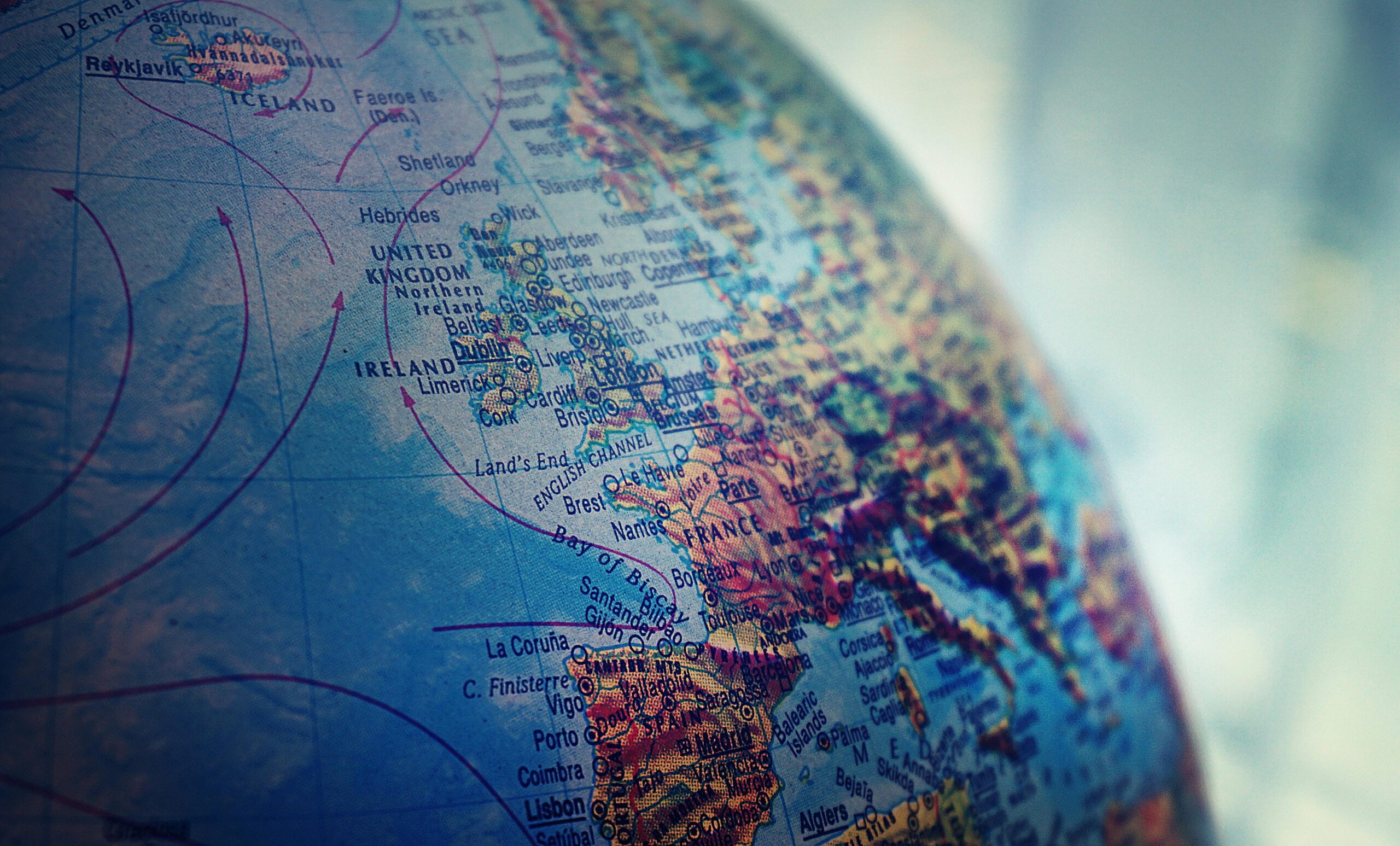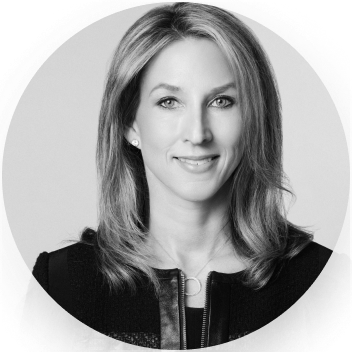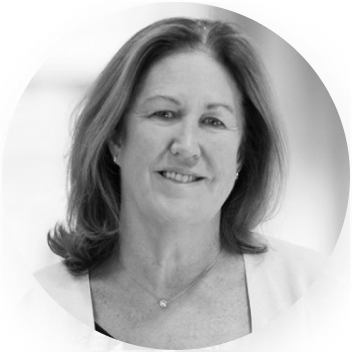Bob Dylan once wrote “you don’t need a weatherman to know which way the wind -blows”. RS Metrics wasn’t around back then. Likewise, Satchel Paige, noted baseball pitcher, said “Don’t look back. Something might be gaining on you.” The corollary to that is: if you don’t look forward, something might whack you between the eyes.
That is where RS Metrics comes in on a global scale. In the span of three blogs, all focused on a different global region, I will be sharing my observations and thoughts on current climate struggles around the world and how we can be addressing them better. The series begins with North America.
Star Trek fans know that there was always a chief data officer, assessing everything going on in the environment around and inside the ship. One could regard RS Metrics in that sense, with instruments synthesized to provide the environmental information needed to pilot the Earthship safely.
Earthlings will appreciate that our starship is unlike any we can identify elsewhere in the visible galaxy. It behooves us as a species to do what our mothers told us when we were six or seven years old, which is to clean up our room. If we foul our own nest, we have no other nest to which to go. Perhaps this recent article from Yale Climate Connections on the ways climate change has influenced environmental occurrences like hurricane Helene helps to amplify the point. One highlighted fact bolsters the perception of risk: there were eight Cat 4 or 5 landfalls in the United States between 1960 and 2017, a period of 57 years; there were also eight such Cat 4 or 5 landfalls in the US during the seven years since 2017. That’s an average of one per year since 2017, versus an average of one every 7.5 years from 1960 to 2017.

Within North America, the struggle is apparent in several areas. several areas:
- Flooding: Climate change can cause more frequent and intense precipitation, leading to more flooding. The Midwest, Northeast, and Mississippi River Valley are expected to be more prone to flooding in the future.
- Drought: The Northern Great Plains is experiencing more severe droughts, which can threaten agriculture and recreation. By the end of the century, droughts are expected to occur 20% more frequently.
- Wildfires: Wildfires can cause significant financial losses. In 2020, wildfires burned over 10.3 million acres of land in the U.S.
- Melting permafrost: Melting permafrost threatens Arctic communities and infrastructure.
- Coastal flooding: Coastal flooding is estimated to double within a decade.
- Extreme heat: Extreme heat can be a devastating effect of climate change.
Other risks include: Land degradation, Damage to infrastructure and housing, Stress on economic sectors, Disruption of livelihoods, and Issues with mental and physical health.
The most vulnerable areas in the United States to climate change include the Southeast and the Southwest. This region includes Alabama, Arkansas, Florida, Georgia, Kentucky, Louisiana, Mississippi, North Carolina, South Carolina, Tennessee, and Virginia. The Southeast is threatened by hurricanes, flooding, sea level rise, and heat. The region’s population is growing rapidly, especially in metropolitan areas AND California. Hurricane Helene is estimated to have caused $225-250 billion in total damage and economic loss, according to AccuWeather. The company also projected Hurricane Milton’s estimated cost to be $160-180 billion. Florida’s gross domestic product in 2023 was $1.28 trillion. In other words, the two hurricanes’ damage wiped out a value of about one third of Florida’s annual GDP.

Douglas (Doug) Friedenberg has specialized in global trade finance for many years through his company, Jigsaw Capital. Through client relationships on all continents, he is aware of the issues which data from RS Metrics helps to resolve: the need for global data which can enlighten climate awareness and augment response capabilities. Such data may help to leave a safer world for future generations. He hopes to assist in neutralizing this line from Macbeth: life “is a tale told by an idiot, full of sound and fury, signifying nothing.”

















